NET ZERO
LATEST BLOG POSTS
Paris Agreement on Climate Change Mitigation, Adaptation and Finance
Paris Agreement legally binds governments to limit emissions to levels limiting projected global warming
 ≤ 2◦ C Rise by 2100 above pre-industrial levels
≤ 2◦ C Rise by 2100 above pre-industrial levels
Preferably ≤ 1.5◦ C – most optimistic scenario
Current Path > 3◦ C – after commitments
197 sovereign entities have signed the agreement and 190 have ratified. Present commitments remain inconsistent and are inadequate to meet the established goals.
Developing nations have established caveats regarding the pursuit of aggressive carbon mitigation targets while balancing social and economic needs. Fairness, Innovation and Finance on part of advanced economies are proposed.

To meet any of the scenarios for limitation of global warming, the world needs to achieve a Net Zero Carbon emissions status by 2050 through reduction of Greenhouse Gases (GHG) and through the use of carbon offsets.
Net Zero Pledges by Country
Bhutan and Suriname are Carbon Negative already.
Uruguay by 2030, Finland 2035, Austria and Iceland 2040.
Germany and Sweden aim for 2045.
The vast majority of countries aim for 2050.
China, Ukraine and Kazakhstan have committed for 2060.
Australia and Singapore have no firm date, presumed after 2050.
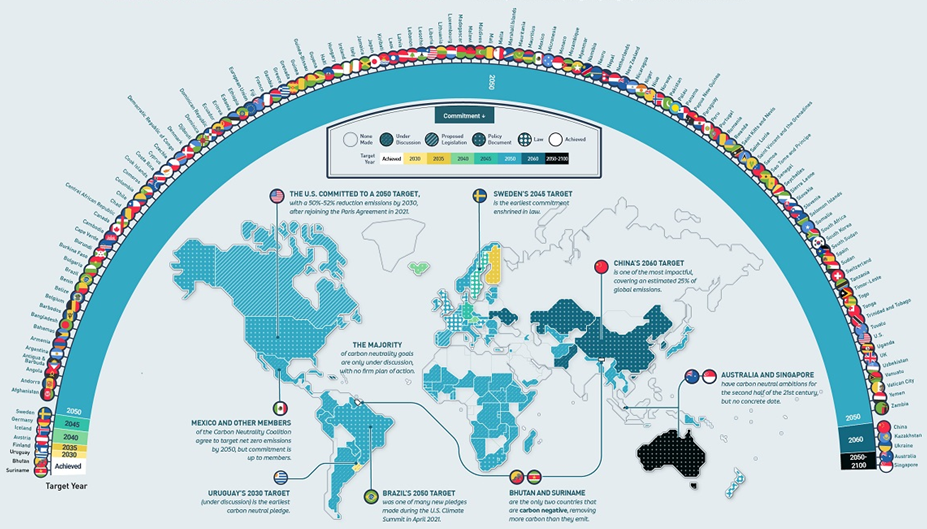
Sources: NPUC, Visual Capitalist, Carbon Neutrality Coalition
Global Warming Potential

Greenhouse Gases are assigned Global Warming Potential (GWP) Ratings based up their ability to absorb energy and their lifetime in the atmosphere in relation to Carbon Dioxide (CO2). GWP measures how much a ton of a gas will absorb relative to a ton of CO2 ton over a given time period, usually 100 years but alternatively 20 also.
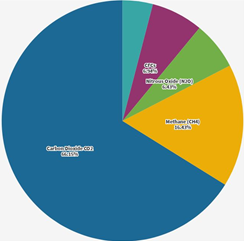
GWP 100-year values for common GHG’s are:
Carbon Dioxide (CO2): 1
Methane (CH4): 28-36
Nitrous Oxide (N2O): 265-98
Chlorofluorocarbons (CFCs): X 000s
Emissions by Sector
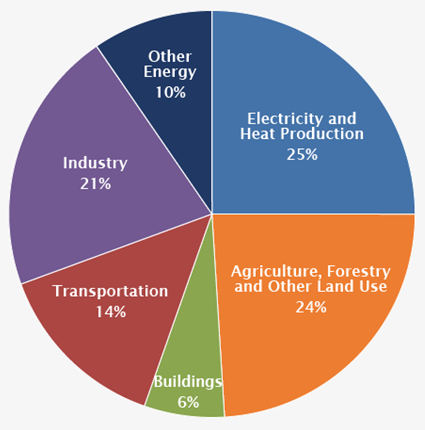
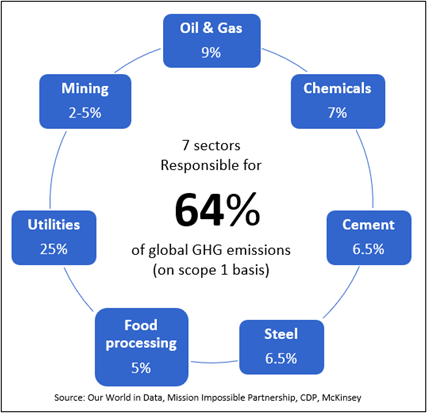
Global Annual GHG Emissions : 50 B Metric Tons
Emissions by Country
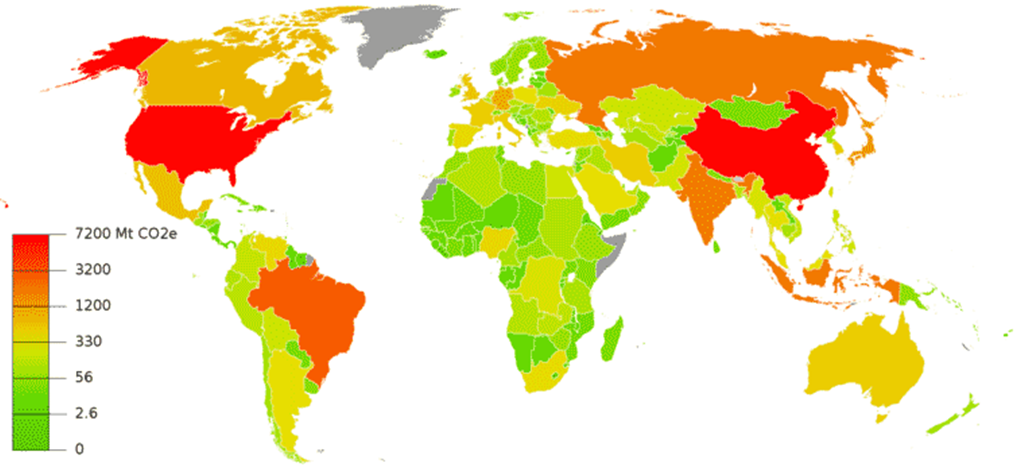
Source: University of Maryland
Top 10 Emitter Countries: 68% of Global Emissions
A Crisis Presenting an Opportunity
Without full commitment and action towards mitigation of Climate Change, the costs to humanity and other life forms on the planet is widely acknowledged to be unacceptable in terms of heat stress, drought, flood and water stress, and the displacement and suffering caused by these factors.
Considering just the economics, current estimates of global losses due to Climate Change by the end of the century are up to $600 trillion.
But this represents an opportunity to build back better under Net Zero as a business principle, addressing social and governance imperatives along with digitalization and innovation in technology. There is potential for significant economic growth offsets to climate costs, with the spending required to reach Net Zero by 2050 and avert the unacceptable warming scenario estimated in a range of trillions of dollars each year until then. The spending required remains less than the cost of inaction.
Net Zero Business Transformation Planning
- At varying levels of scope, a transformation plan focused on transition to Net Zero business model includes:
- Vision and Goal setting
- Governance Structures, Procedures and Human Capital enhancement
- Business Case development under evolving Ecosystem
- Organizational Operating Model overhaul
- Supply Chain Ecosystem optimization
- Innovation and Technology adoption
- Transparent Reporting and Communications Systems
The Stanwork Group is resourced to support clients through the full cycle.
